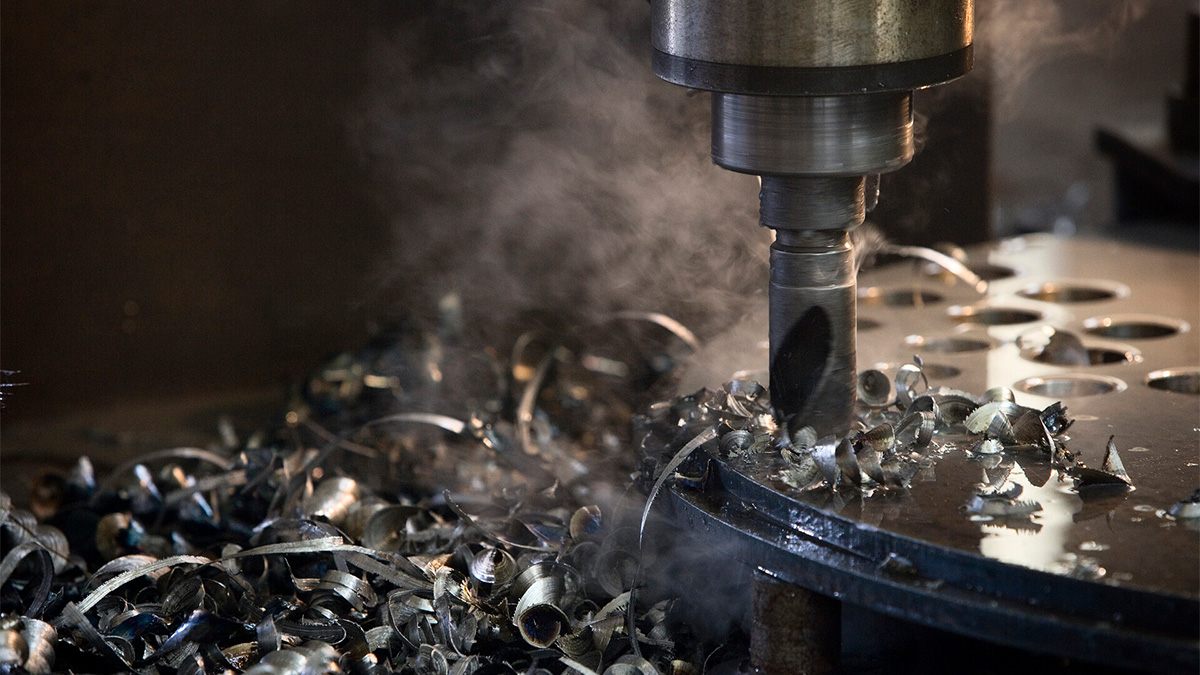Screws and bolts are common threaded fasteners with external threads. They are generally used for fastening a combination of multiple components. Unlike welding, the locking mechanism is easy to adjust and can be disassembled. If a fastener has external threads and is not used with a nut, it is a screw (such as wood screws, self-tapping screws, etc.) If it is used with a nut, it is a bolt (such as flat head bolts, non-slip bolts etc.). There are different kinds of threads which are used for different applications.
What Is a Thread?
A thread is a uniform helical protrusion on a cross-section of the outer or inner surface of a material. The cross-section or the protruding material follows an inclined plane. The threaded parts are screwed together to provide a strong connection.
Thread Classifications
According to their structure and use, threads can be classified as:
- Ordinary threads (fastening threads): The protruding tooth profile is triangular. Ordinary threads can be categorized as coarse, fine or superfine, according to the pitch.
- Sealing threads: The threads are tapered, becoming tighter as they are screwed in. They are often used for pipe connections.
- Transmission threads: Special threads may be trapezoidal, rectangular, or saw-tooth shaped.
- Special threads: Special purpose threads for special purposes.
Thread sizes can be given in the following units:
1) Metric thread: ISO metric thread consists of symmetrical V-shaped threads, the sides are at an angle of 60° to each other, and the thread depth is 0.614 × pitch. The marking of metric threads starts with the letter M, followed by the outer diameter of the thread and then the pitch, in mm. For example, M8x1 is a metric thread with an outer diameter of 8 mm. which when rotated 360 ° will advance 1 mm.
2) Inch thread: Inch thread is commonly known as "Wheel thread" and is marked with W*N. Inch thread pitch indicates how many threads per inch, for example, a 1/8”-40 bolt has an outer diameter of 1/8″ (3.175mm) and has 40 threads per inch), However screws and bolts may sometimes be marked with their outside diameter and length. For example, 1/4"x1.25 means a screw with a 1/4" OD and is 1.25" long.
3) American thread: Screws are generally marked with a serial number, such as #2-56; #4-40; #6-32; #8-32; #10-24. For example, #8-32 is a size 8 screw with 32 threads per inch.
Thread Terms
External thread: A thread formed on the outer surface of a cylinder or cone.
Internal thread: A thread formed on the inner surface of a cylinder or cone.
Major diameter: The diameter of an imaginary cylinder or cone tangent to the external thread crest or internal thread root.
Minor diameter: The diameter of an imaginary cylinder or cone tangent to the root of the external thread or the crest of the internal thread.
Pitch Diameter: The diameter of an imaginary cylinder or cone that is halfway between the major diameter and the minor diameter. It can also be referred to as a mid-diameter cylinder or mid-diameter cone.
Right-hand thread: A thread that is screwed in when turned clockwise.
Left-hand thread: A thread that is screwed in when turned counterclockwise.
Tooth profile angle: On the thread profile, the angle between two adjacent flanks.
Pitch: The axial distance between the corresponding two points on the center diameter line of two adjacent teeth.
Marking Recognition of Threads
There are many specifications and types of fasteners. To distinguish them clearly, their composition is given in a defined order called mark identification as shown below.
- Marking of screws or bolts: Name, standard number, nominal diameter × thread diameter × nominal length - material - wrenching form - surface treatment.
- Marking of nuts or washers: name, standard number, nominal diameter x thread pitch - material - surface treatment.
- Marking of the retaining rings: name, standard number, nominal size.
- Pin marking: name, standard number, nominal diameter x nominal length - material - surface treatment.









.png)




